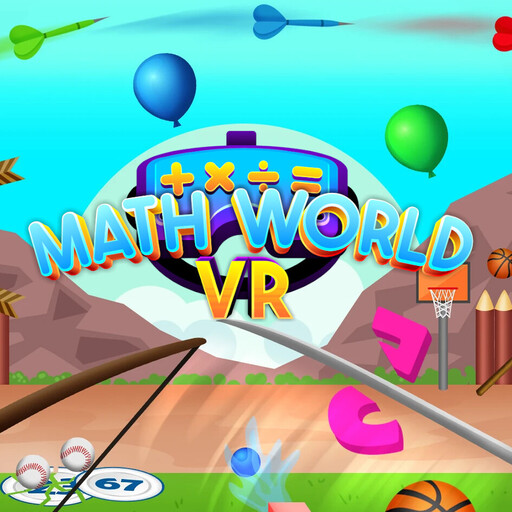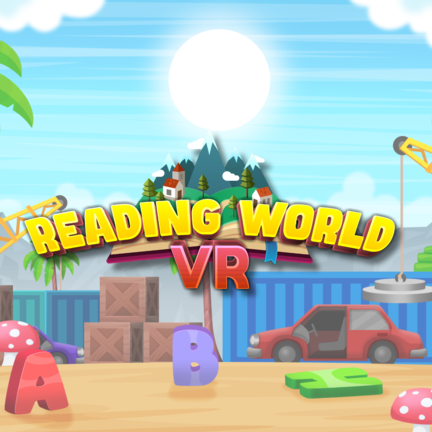In the digital age, it’s no secret that children are more tech-savvy than ever before. With the rise of smartphones, tablets, and the internet, kids are growing up in a world that is significantly different from the one their parents knew. One of the most significant changes is the way children learn. Traditional methods of teaching are being supplemented and sometimes even replaced by innovative educational technologies. One of these technologies is educational games that can help a child learn.
Educational games, also known as edutainment, combine entertainment and education to make learning fun and engaging for children. These games are designed to help children develop various skills, such as problem-solving, critical thinking, and creativity, while also teaching them about different subjects, such as math, science, and language arts. But how can parents effectively use these games to help their children learn? Here are five ways:
1. Choose The Right Educational Game
The first step, in utilizing games to aid your childs learning is to choose the game. It’s crucial to select games that’re suitable for their age and align with their interests and educational requirements. For instance if your child is facing difficulties with math opting for a game that emphasizes math skills would be a decision. Similarly if your child shows an inclination towards science, a game that imparts concepts would be perfect. There is an array of games accessible online and, in app stores so dedicate some time to research and discover the most suitable ones for your child.
2. Set Learning Goals
Setting learning goals is another effective way to use educational games to help your child learn. Before your child starts playing a game, discuss what they should aim to learn from it. This could be mastering a new math concept, improving their vocabulary, or developing a better understanding of a scientific principle. Having clear learning goals will give your child a sense of purpose and direction when playing the game, which can enhance their learning experience.
3. Incorporate Educational Games Into Your Child’s Daily Routine
Incorporating educational games into your child’s daily routine can also be beneficial. This could be during their homework time, after school, or even on weekends. The key is to make gaming a regular part of their learning process, not just a one-off activity. This consistent exposure to educational games can help reinforce what they’re learning in school and make learning more enjoyable.
4. Play Together
Playing educational games with your child is not only a great way to spend quality time together, but it also allows you to monitor their progress and provide support when needed. You can help explain difficult concepts, provide hints when they’re stuck, and give praise when they achieve their learning goals. This active involvement in your child’s learning process can boost their motivation and confidence, making the learning experience more effective and enjoyable.
5. Discuss & Reflect After Playing
After your child has finished playing a game, take some time to discuss and reflect on what they’ve learned. Ask them questions about the game, such as what they liked or disliked, what they found challenging, and what they learned. This discussion can help reinforce the knowledge and skills they’ve gained from the game and also provide valuable insights into their learning process. It can also help you identify any areas where they might need additional support or practice.
Educational games are a powerful tool that can make learning fun and engaging for children. However, like any tool, they need to be used correctly to be effective. By choosing the right game, setting learning goals, incorporating games into your child’s daily routine, playing together, and discussing and reflecting on the game, you can maximize the benefits of educational games and help your child learn in a more enjoyable and effective way.
The Evolution of Learning; The Role of Educational Games
Educational games have emerged as a tool in revolutionizing how children perceive and engage with learning. Lets explore the impact of games.
Bridging the Gap between Fun and Learning. Traditional approaches to learning often separate “fun” from “education.” However educational games like Math World VR seamlessly blend these two aspects. This can help ensure that children not only learn, but also enjoy the process.
Immediate Feedback System. One remarkable feature of games is their ability to provide feedback. Whether a child answers correctly or makes a mistake, receiving feedback helps them make adjustments. This helps reinforce correct concepts and can aid in rectifying misconceptions.
A Safe Environment for Trial and Error. In a game setting, mistakes are not penalized but are seen as opportunities to learn. This creates a stress-free environment where children can experiment, take risks, and learn from their errors.
Tailored Learning Paths. Every child is unique with learning needs and paces. Educational games can adapt to learners by offering customized challenges that cater to their strengths and areas, for improvement.
Promoting Lifelong Learning. The interactive nature of games encourages curiosity and a passion for learning. When children perceive learning as enjoyable, they are more likely to develop an interest in seeking knowledge and personal growth.
Conclusion
In conclusion, the world of educational gaming offers a plethora of opportunities for children to learn and grow. As parents, it’s our responsibility to guide our children through this digital landscape, ensuring they reap the benefits while also having fun. In today’s era, children are naturally inclined towards technology. Educational games can strongly resonate with their interests. By utilizing the potential of these games we not enhance learning but also equip the next generation with vital life skills such, as problem solving, creativity and adaptability. It is evident that educational games will prominently contribute to shaping the future of education as we progress forward. Remember, the goal is not to replace traditional learning methods but to supplement them, creating a well-rounded, engaging, and effective learning experience for your child.








